GEN/GEN Generative Generations
What's New About Generative Art: A Deep Dive into a Conversation Hosted by Verisart and Gazelli Art House
Exploring the Intersection of Technology, Creativity, and Originality in the World of Generative Art
Play the recording →
As the art world continues to both question and adapt to new technologies, there is increasing need for critical dialogue and reflection. This served as the foundation for our Twitter Space event "What's New About Generative Art?" that coincided with the launch of GEN/GEN: Generative Generations, our co-curated exhibition with Gazelli Art House.
The speakers included artists, curators, collectors from the generative art community featuring Eduardo Alonso, Loren Bednar, Sougwen Chung, Dr. Sean Clark, Erick Calderon (aka Snowfro), Brendan Dawes, Jeff Davis, Brian Droitcour, Ernest Edmonds, Licia He, William Latham, Toni Marinara, Rhea Myers, Piter Pasma, and Mellisa Wiederrecht.
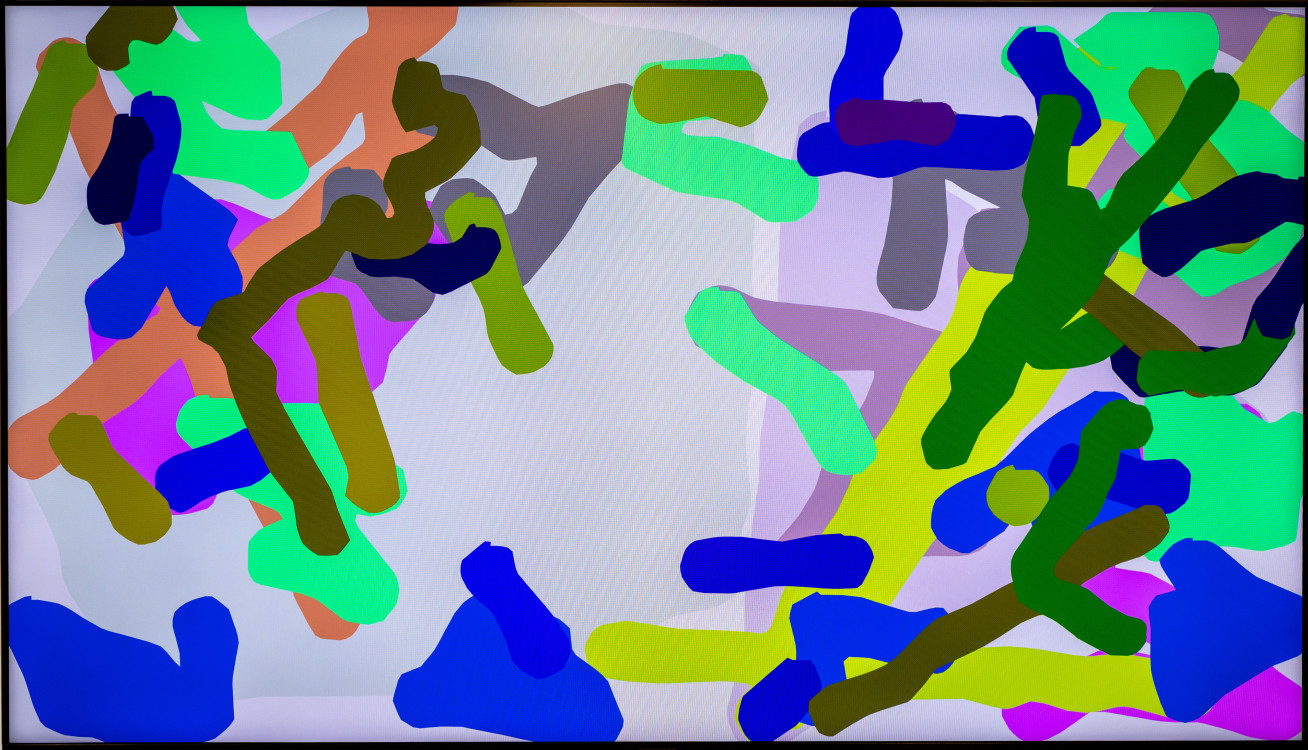
Generative art and its historical context
In the first segment, the artists Ernest Edmonds and Rhea Myers discussed their personal experiences and initial encounters with generative art. They emphasized both the importance of and the enduring nature of core artistic principles when discussing how generative art has influenced the trajectory of their respective careers.
“A conundrum has appeared about having art that can make itself manifest in many, many different forms.” - Ernest Edmonds
Broadening the conversation beyond computer-based art, Dr. Sean Clark from the Computer Arts Society stated that the very use of specialized machines created specifically for artistic applications is generative art making. By citing the work of Desmond Paul Henry, he reminded us of the long history of artists in this genre.
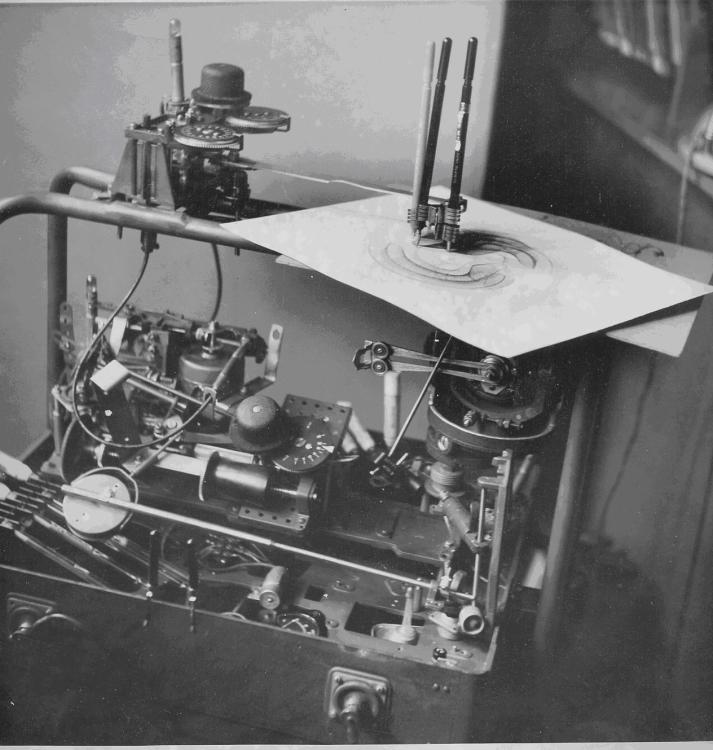
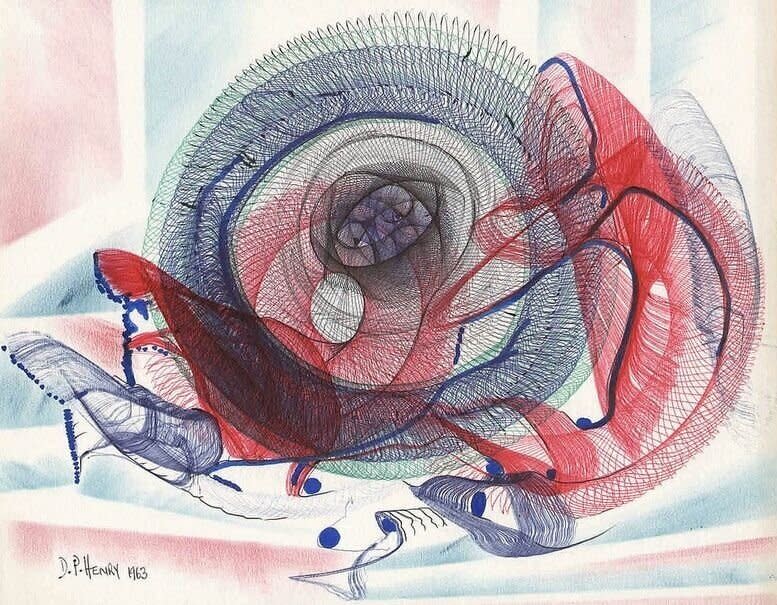
Bridging the gap: a closer look at going phygital
In exploring the intersection between digital and physical art, both collectors and creators grappled with questions around artistic representation, buying experiences, and creative potential.
“Artists are interested in thinking of other ways to release and distribute generative work, finding independent methods.” - Brian Droitcour
Brian Droitcour of Outland discussed the growing landscape of generative art, emphasizing its symbiotic relationship with the NFT market, the strategic shifts artists are making and the influential role of platforms like Art Blocks in shaping discourse and market trends. Digital artists Erick Calderon and Jeff Davis from Art Blocks discussed the changing dynamics of art display and interaction in the context of generative art and blockchain technology. They each explored the tension and balance between digital and physical representations of artwork, emphasizing the artist's role in shaping how their work is presented and consumed.
Erick Calderon emphasized the artistic imperative to control the representation of work post-minting and how digital work can be displayed and represented physically.
“In the Web 3.0 space the product doesn't end at the Mint, there is this thing that happens after the Mint, what you do with it in terms of display and then also interactivity." - Erick Calderon

Jeff Davis highlighted how NFTs have expanded the scope of generative projects, enabling artists to think in terms of hundreds or even thousands of outputs, thereby enriching the collector's experience. This echoed Droitcour's observations that the medium empowers artists to produce larger volumes of work at a more accessible prices. Despite selling generative artworks in editions, these works are highly attractive to collectors as each retains its unique characteristics just like a single work.
“There's this sort of network effect that happens across the collecting community…you have a group of people that are all interested in your art or interested in a project, but they're all interconnected with each other because they each own a small piece of it.”- Jeff Davis
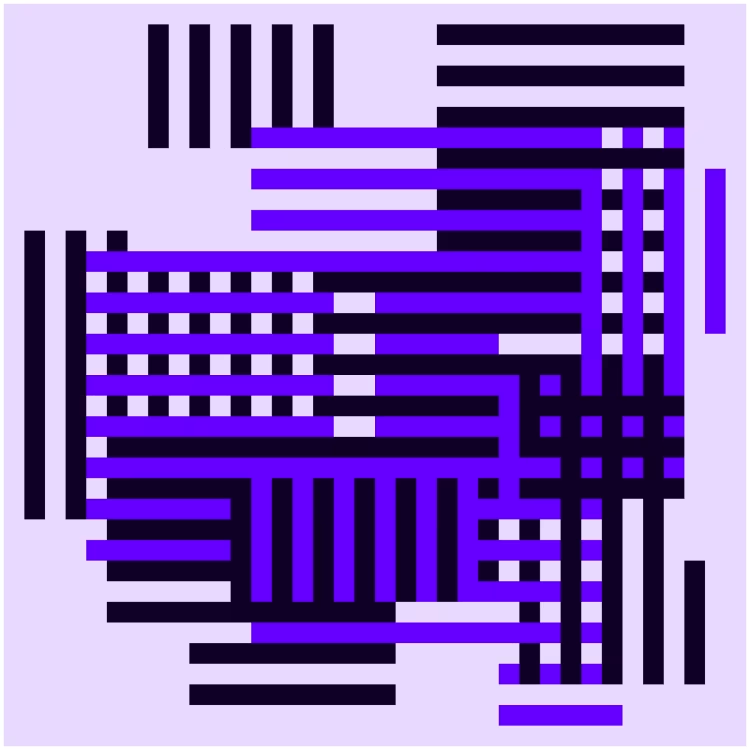
Many of the artists shared new ways of merging and exploring physical and digital modes of creation. Piter Pasma, for example, developed 'Ray Hatcher,' a software allowing him to create three-dimensional line art scenes. Sougwen Chung integrated human creativity and AI through her art using her own developed robotic arms and interfaces called D.O.U.G. (Drawing Operations Unit Generation_X). In contrast, Brendan Dawes argued that the focus on physical art limits the innovative capabilities of digital media, including generative art's unique capacity for ongoing, real-time creation.
In-industry, adapting to digital art: challenges & solutions
The conversation shifted to how established institutions tailored for the traditional art market are confronting new complexities within the digital art eco-system.
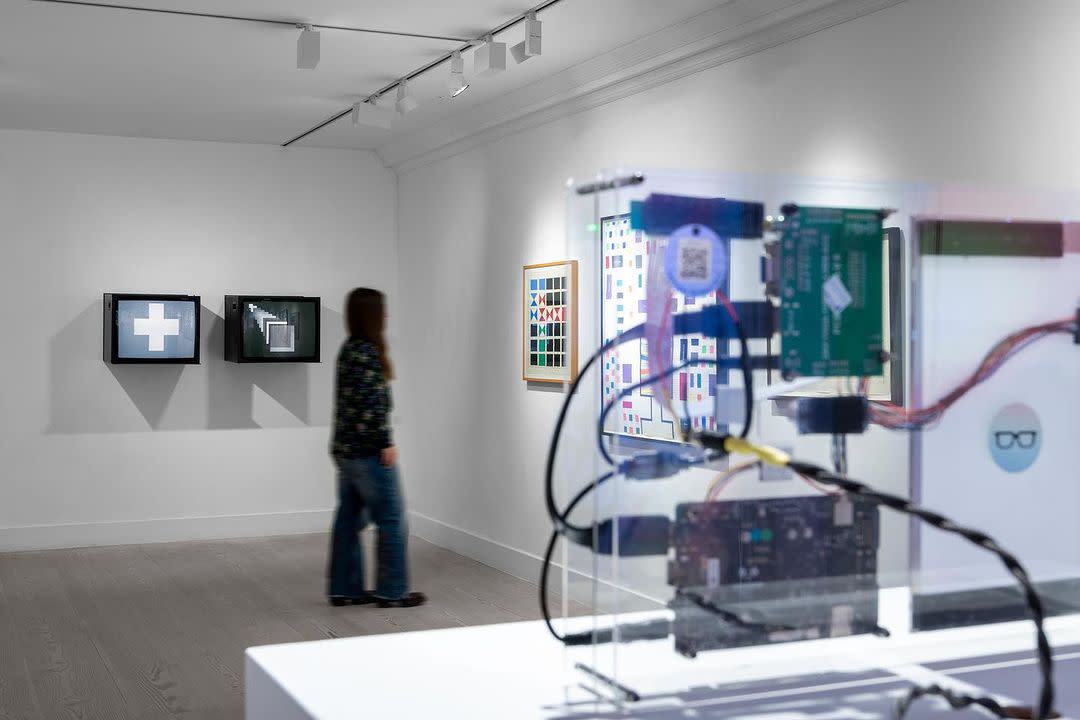
Lady Cactoid, curator and co-founder of Cactoid Lab, described working with the Los Angeles Country Museum of Modern Art (LACMA) and other museums in incorporating NFTs into collections. She spoke of the challenges and complexity of setting up wallet infrastructure as well as maintaining, displaying and updating digital art. She also highlighted the advantages of speed in the digital realm.
“But the museum like many institutions, has been collecting digital art and time based media for decades. And it's always a challenge to conserve these works and to update the formats and have the appropriate working devices to screen them on.” - Lady Cactoid
Toni Marinara from ARTXCODE, an agency that represents several leading generative artist including Sofia Crespo, discussed the need to support and aid artists to help them navigate the changing and growing digital market. He emphasized the importance of community building among the artists they represent, and the crucial role of display methods.
Maintaining authenticity in an evolving medium
The closing remarks from Ernest Edmonds and Erick Calderon focused on preservation, conservation and display in digital art. Edmonds divided these into two aspects: the algorithmic and the display elements. In the recent GEN/GEN exhibition, his works Jasper (1988) and Fragment (1984-85) utilized 1980s technology to maintain their original aesthetic. Screen choices influenced color representation, highlighting the nuanced considerations essential for understanding this art form and how we retain ‘authenticity’.
“The most important aspect for many people is that it's algorithmic, that what the artist is doing is writing or manipulating algorithms that happen to end up digitally…For example, dealing with time based work that can go on changing forever without repeating, for interactive work and for controlling robots.” - Ernest Edmonds
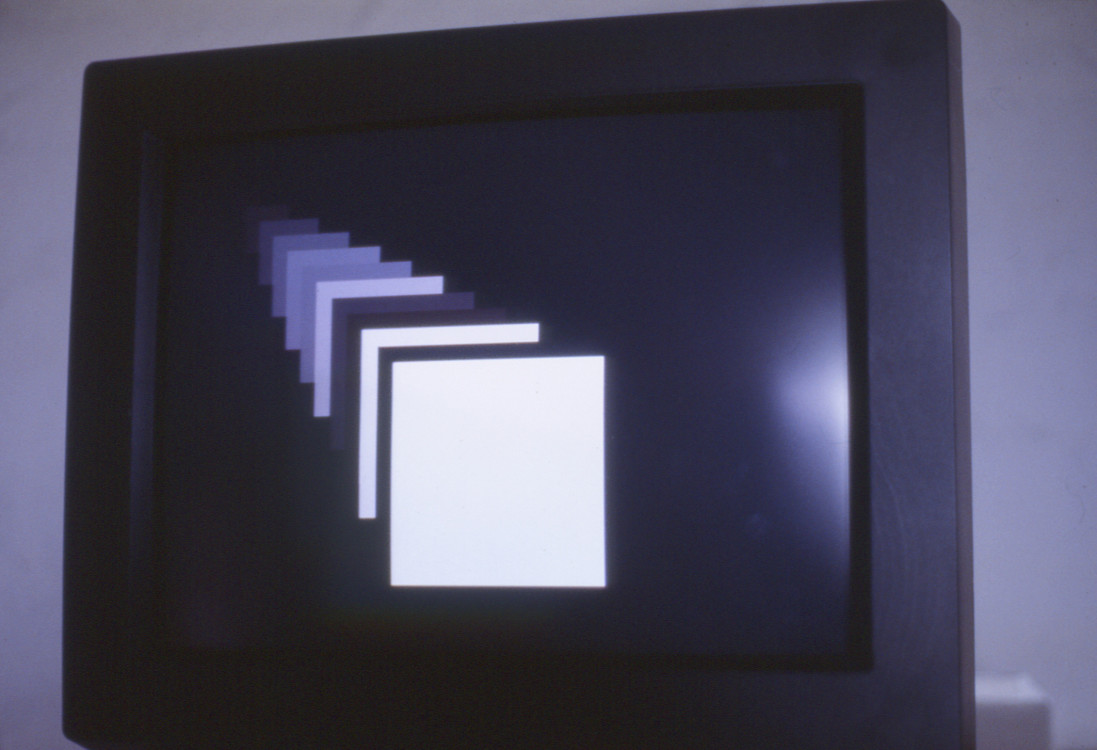
Erick Calderon emphasized the unique advantage of digital art. He highlighted that, with the mere access to a computer, anyone can engage with digital art in its native form. Although this raises questions about "authenticity," particularly when considering the factors mentioned by Edmonds concerning variations in screen displays and technological advancements, it is this very foundation that builds the thriving and growing generative art community.
As we approach a new era of generative art, preservation, conservation, display, and accessibility stand at the forefront. This shift forces everyone to re-evaluate existing definitions and means of establishing "authenticity." Verisart helps establish creative authenticity across both physical and digital works through its use of verified creator identities, cryptographic attestations and blockchain timestamps. Verifiable artist records and Certificates of Authenticity build trust in both existing and new art markets and while also forging new provenance standards and story telling possibilities for the future.